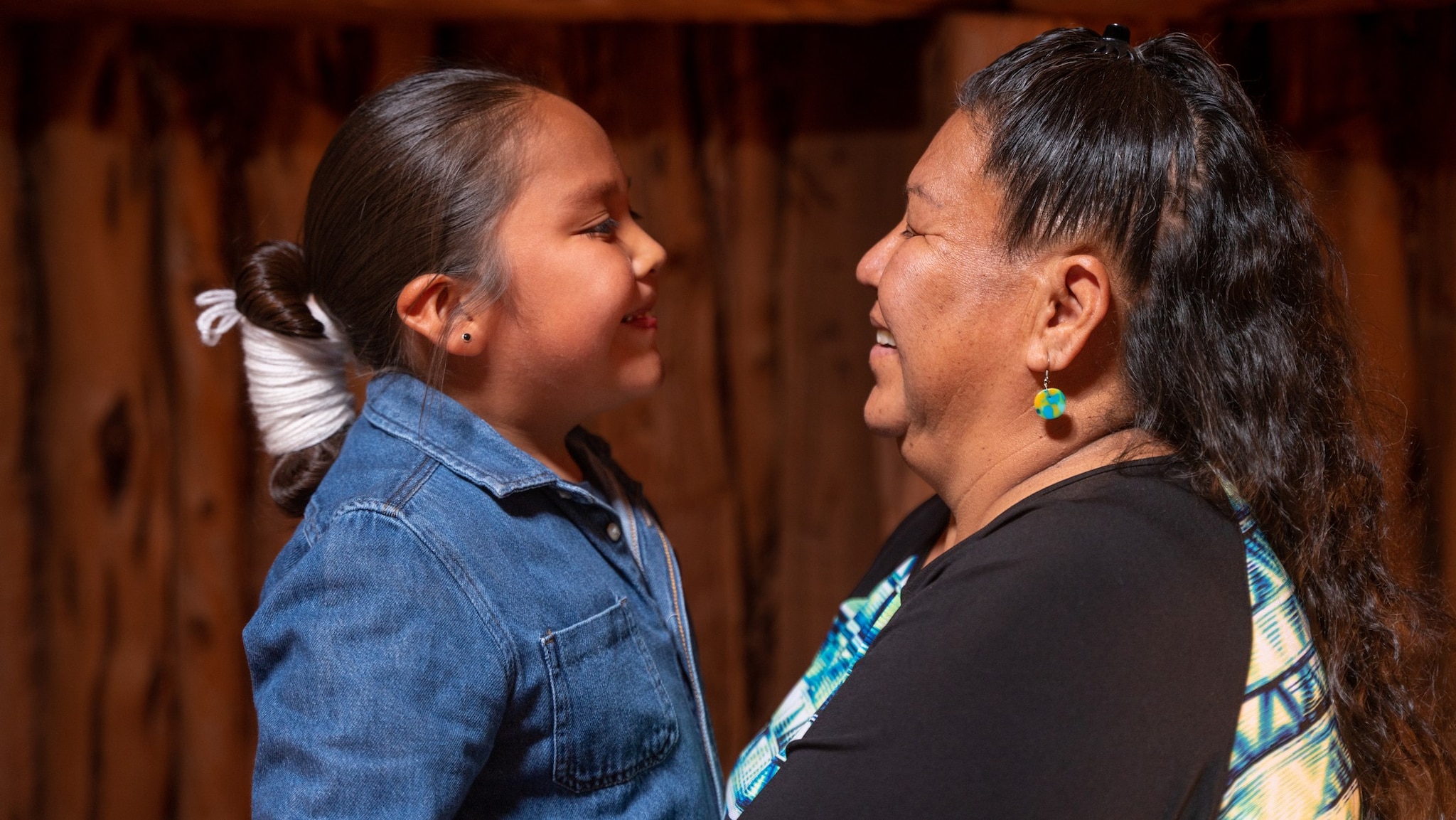At a glance
American Indian and Alaska Native (AI/AN) people have a greater chance of having type 2 diabetes than any other U.S. racial group. Tribal and other programs experienced in type 2 diabetes prevention are encouraged to apply for CDC recognition to offer the CDC-led National Diabetes Prevention Program (National DPP) lifestyle change program.

CDC recognition
CDC's Diabetes Prevention Recognition Program (DPRP) helps ensure the quality of the National DPP. Through the DPRP, CDC awards recognition to organizations that meet national standards and achieve the outcomes proven to prevent or delay type 2 diabetes.
Indian Health Service (IHS), tribal, and urban health programs must use an approved curriculum that meets CDC requirements for recognition, such as the following:
- The PreventT2 curriculum.
- Other tailored curriculum reviewed by DPRP for consistency with the current evidence base and approved for use.
CDC recognition offers many benefits:
- Quality—national quality standards are proven to prevent or delay onset of type 2 diabetes.
- Data—data are available to monitor progress individually by program and collectively across the United States.
- Reimbursement—many private and public payers including Medicare require CDC recognition for program reimbursement.
- Support—CDC-recognized programs have access to technical assistance, training, and support.
- Marketing—CDC recognition can be an effective marketing tool to encourage participant referrals.
To learn more about CDC recognition, see the Diabetes Prevention Recognition Program Standards and Operating Procedures. You can complete a short capacity assessment to determine if your organization is ready to apply for CDC recognition.
Special Diabetes Program for Indians
Congress established the Special Diabetes Program for Indians (SDPI) in 1997 to address the epidemic of type 2 diabetes among AI/AN people. It funds diabetes treatment and prevention services through IHS, tribal, and urban health programs across the United States. SDPI currently funds over 300 local, community-directed programs to address diabetes treatment and prevention, with a focus on healthy eating, physical activity, and linkages with health care teams.
In 2004, Congress provided additional funds to implement the SDPI Diabetes Prevention demonstration project, adapting the lifestyle intervention that has been proven to help reduce new cases of type 2 diabetes among people at high risk, including American Indian people.
Research shows that the project successfully reduced the risk for type 2 diabetes in participants within AI/AN communities.123 Many of the project settings continued their prevention work and reported outcomes for participants who continued in the program for 3 years12 and up to 10 years.3
National DPP
The CDC-led National DPP is a partnership of public and private organizations working together to help adults with prediabetes or those at risk of developing type 2 diabetes prevent or delay getting type 2 diabetes. The National DPP lifestyle change program offers the following:
- A structured yearlong program (in-person group, online, distance learning, or combination).
- A trained Lifestyle Coach.
- A CDC-approved curriculum.
- Direct interaction between the Lifestyle Coach and participants.
- A focus on behavior modification, managing stress, and peer support.
- Indian Health Service. Special Diabetes Program for Indians—2014 report to Congress. 2014. https://www.nihb.org/sdpi/docs/05022016/SDPI_2014_Report_to_Congress.pdf [PDF – 472 KB]
- Jiang L, Manson SM, Beals J, et al. Translating the Diabetes Prevention Program into American Indian and Alaska Native communities: results from the Special Diabetes Program for Indians Diabetes Prevention demonstration project. Diabetes Care. 2013;36(7):2027-2034. https://doi.org/10.2337/dc12-1250
- Jiang L, Johnson A, Pratte K, et al. Long-term Outcomes of Lifestyle Intervention to Prevent Diabetes in American Indian and Alaska Native Communities: The Special Diabetes Program for Indians Diabetes Prevention Program. Diabetes Care. 2018;41(7):1462-1470. https://doi.org/10.2337/dc17-2685
